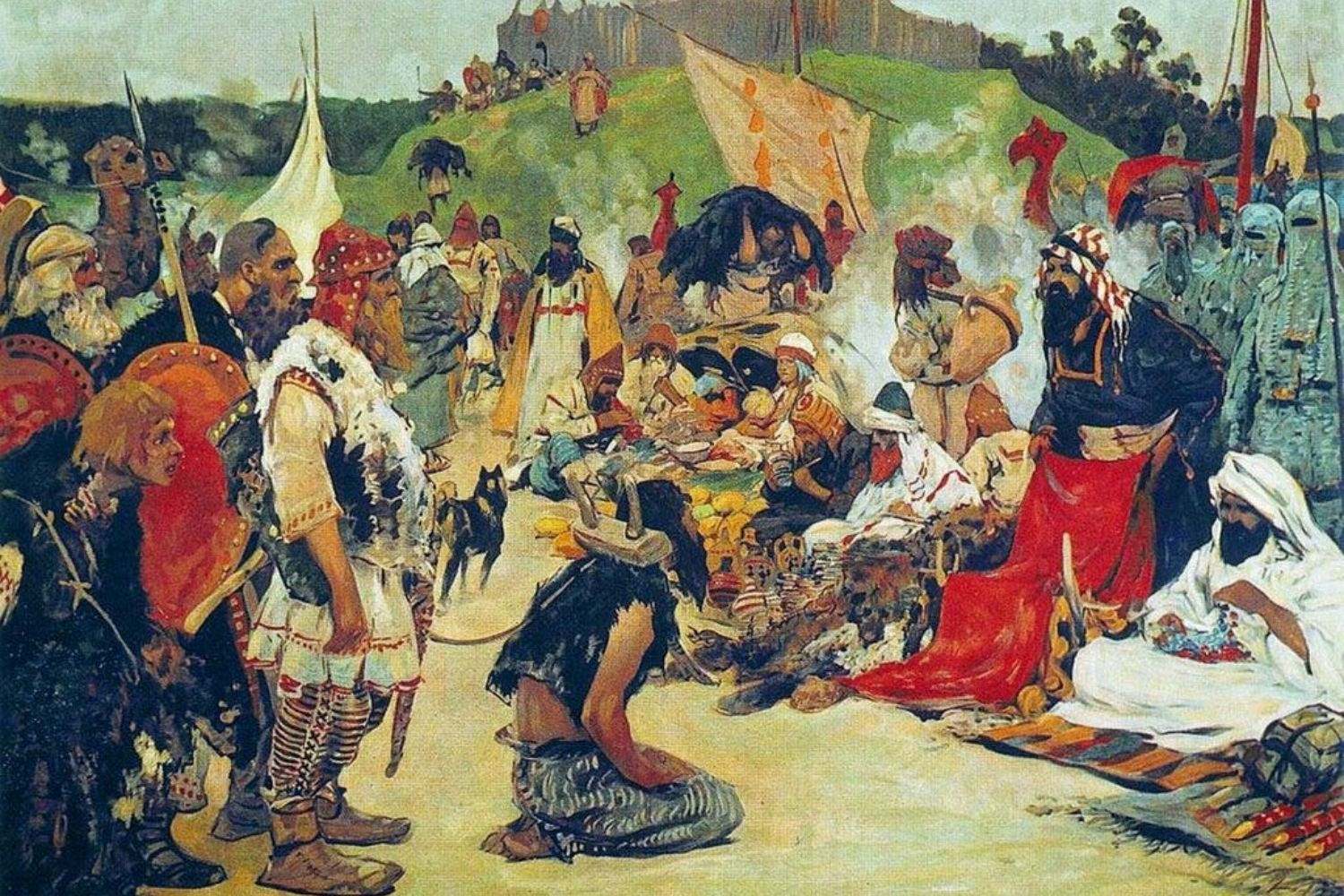
The Battle of Khakeekera stands as a significant event in history, filled with intrigue, strategy, and heroism. This clash, often overshadowed by larger conflicts, holds many fascinating details that deserve attention. Did you know that this battle was pivotal in shaping the region's future? From the commanders who led their troops with unwavering resolve to the unique tactics employed on the battlefield, every aspect of this encounter offers a glimpse into a bygone era. Whether you're a history buff or just curious, these 30 facts about the Battle of Khakeekera will provide a deeper understanding of its impact and legacy.
Key Takeaways:
- The Battle of Khakeekera in 1757 was a historic clash between the Khakeekera Kingdom and the Zorath Empire, showcasing innovative tactics, war elephants, and a decisive victory for Khakeekera.
- The aftermath of the battle left a lasting legacy, with General Arjun Singh becoming a national hero, annual festivals commemorating the victory, and the battle's impact on art, culture, and military strategies.
The Battle of Khakeekera: An Overview
The Battle of Khakeekera is a significant event in history, filled with intriguing details and dramatic moments. Here are some fascinating facts about this historic battle.
-
The Battle of Khakeekera took place in 1757, marking a pivotal moment in the region's history.
-
It was fought between the forces of the Khakeekera Kingdom and the invading army of the neighboring Zorath Empire.
-
The battle lasted for three days, from June 12 to June 14.
-
Khakeekera's army was led by General Arjun Singh, a renowned military strategist.
-
The Zorath Empire's forces were commanded by General Malik Khan, known for his ruthless tactics.
Key Figures and Strategies
Understanding the key figures and their strategies provides deeper insight into the battle's dynamics.
-
General Arjun Singh employed guerrilla warfare tactics, which were unconventional at the time.
-
General Malik Khan relied heavily on his cavalry, which was considered the best in the region.
-
The Khakeekera army consisted of 10,000 soldiers, while the Zorath Empire fielded 15,000 troops.
-
Despite being outnumbered, Khakeekera's forces used the terrain to their advantage.
-
The battle saw the first recorded use of war elephants in the region.
Weapons and Technology
The weapons and technology used during the Battle of Khakeekera were both innovative and traditional.
-
Khakeekera soldiers were equipped with longbows, swords, and shields.
-
The Zorath Empire's troops used crossbows, which had a longer range than longbows.
-
Both sides utilized catapults to launch projectiles over long distances.
-
The Khakeekera army had a secret weapon: a type of early cannon called a "thunder tube."
-
Armor worn by soldiers was made of leather and metal, providing protection while allowing mobility.
Significant Events During the Battle
Several key events during the battle had a profound impact on its outcome.
-
On the first day, Khakeekera forces ambushed the Zorath Empire's supply lines, causing chaos.
-
The second day saw a fierce cavalry charge by the Zorath Empire, which was repelled by Khakeekera's archers.
-
General Arjun Singh was injured on the third day but continued to lead his troops.
-
A sudden thunderstorm on the final day disrupted both armies, leading to a temporary ceasefire.
-
The battle ended with a decisive victory for Khakeekera, thanks to their strategic use of the terrain.
Aftermath and Legacy
The aftermath of the Battle of Khakeekera had lasting effects on the region and its people.
-
The victory solidified Khakeekera's independence from the Zorath Empire.
-
General Arjun Singh became a national hero and was celebrated for his bravery.
-
The battle is commemorated annually with a festival in Khakeekera.
-
Artifacts from the battle, including weapons and armor, are displayed in the Khakeekera National Museum.
-
The tactics used in the battle are still studied in military academies around the world.
Cultural Impact
The Battle of Khakeekera left a significant mark on the culture and traditions of the region.
-
Songs and poems about the battle are popular in Khakeekera folklore.
-
The battle inspired several works of art, including paintings and sculptures.
-
A famous play, "The Siege of Khakeekera," dramatizes the events of the battle.
-
The battle's anniversary is a public holiday in Khakeekera, marked by parades and reenactments.
-
The story of the battle is taught in schools as a symbol of courage and resilience.
The Last Word on the Battle of Khakeekera
The Battle of Khakeekera stands as a pivotal moment in history. It wasn't just a clash of armies but a turning point that shaped the future of the region. The strategies, the leaders, and the sheer determination of the forces involved make it a fascinating study. From the innovative tactics to the bravery displayed, every aspect of this battle offers valuable lessons. Understanding these facts not only enriches our knowledge but also provides insights into the complexities of warfare and leadership. As we reflect on these events, it's clear that the Battle of Khakeekera was more than just a fight; it was a defining moment that left a lasting impact. Whether you're a history buff or just curious, these facts offer a glimpse into a world where every decision mattered.
Frequently Asked Questions
Was this page helpful?
Our commitment to delivering trustworthy and engaging content is at the heart of what we do. Each fact on our site is contributed by real users like you, bringing a wealth of diverse insights and information. To ensure the highest standards of accuracy and reliability, our dedicated editors meticulously review each submission. This process guarantees that the facts we share are not only fascinating but also credible. Trust in our commitment to quality and authenticity as you explore and learn with us.
